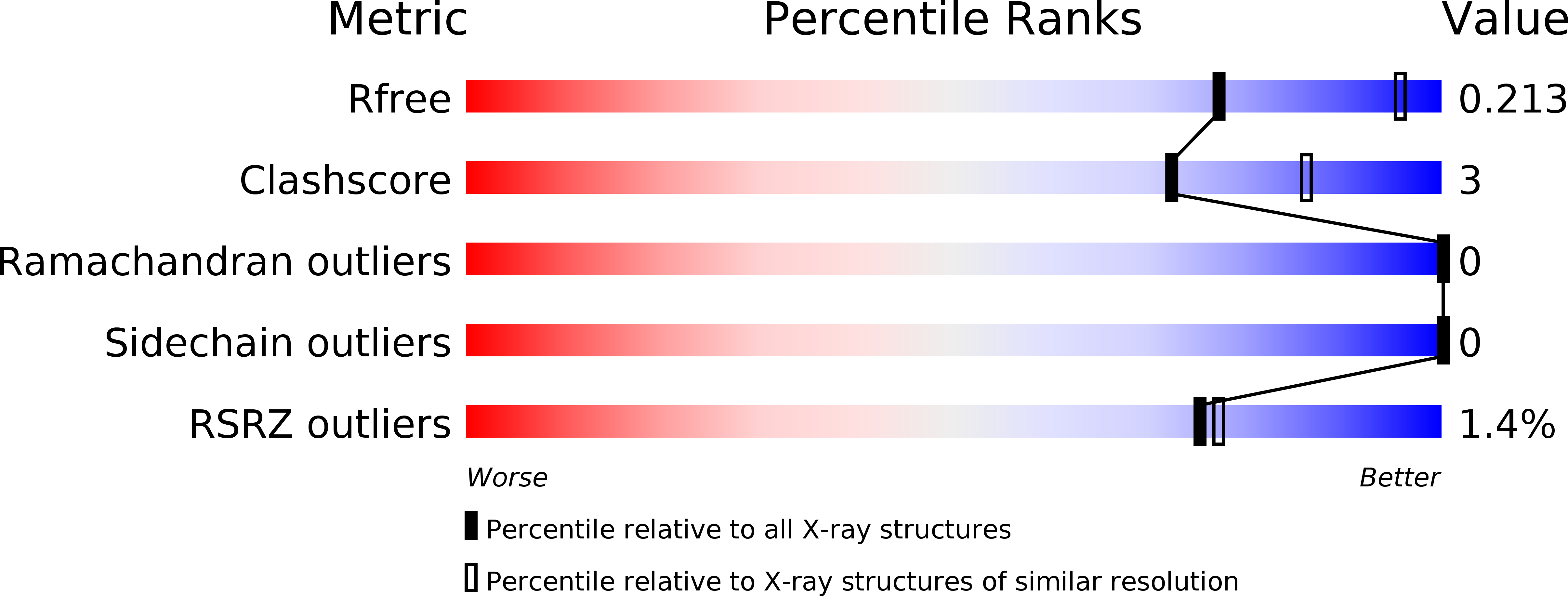
Deposition Date
2016-11-04
Release Date
2017-02-01
Last Version Date
2023-11-08
Entry Detail
Biological Source:
Host Organism:
Method Details:
Experimental Method:
Resolution:
2.50 Å
R-Value Free:
0.21
R-Value Work:
0.18
R-Value Observed:
0.18
Space Group:
P 21 21 21


